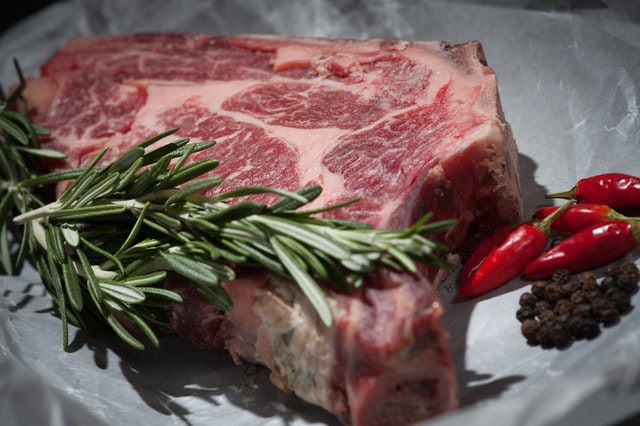|
The meat in your restaurant is a costly and sensitive commodity. If you don’t handle it correctly, you might not be able to serve it, and thus cost the business money. If you serve bad meat, you run the risk of harming customers, and that’s a liability risk itself. What are some ways to avoid health and safety issues regarding the meat in your facility? ways to avoid health and safety issues regarding the meat in your facility?
Storage and Refrigeration Safety
Meat left in the open air runs a risk of spoilage. The more it spoils, the more dangerous it becomes to diners and preparers alike. You don’t want to have to throw meat out because you didn’t refrigerate it properly.
- Always store meet in a dry, cool environment. Take it out of refrigeration only shortly before you plan to prepare it.
- Based on how long you plan to keep the meat, you may need to freeze it. Keep these items frozen, but always let them thaw completely before preparation. Un-thawed items will not cook correctly.
- Different meat may need different refrigeration techniques. Do not store different types of meat together. Fish, chicken, beef and other items should go in separate containers. It’s often a good idea to separate it by cut as well. Make sure the containers do not spill or leak into others.
- Store meat separately from fresh produce, vegetables and other food.
- Most commercially-available meat will have expiration dates. Dispose of the meat after this date.
Keep your refrigeration and freezer system clean and sanitary. Have it inspected and repaired regularly.
Preparation Security
Most restaurants have strict preparation rules set by their state or local authorities. Some of the steps you might follow for meat preparation include:
- Wash your hands before touching raw meat. Wash them again and after you finish preparation.
- Avoid cross-contamination. When preparing meat, you generally use separate utensils, like cutting boards and pans. This helps you avoid contaminating other dishes. You do not want microscopic pieces of meat touching other items and making them risky to eat.
- Prepare all meat according to appropriate standards of doneness. Cook chicken and fish completely. Though you often have an option to cook beef to order, make sure you do just that. Don’t serve a customer a rare steak if they requested one well done.
- Many states require restaurants to list the risks of eating undercooked meat. Place this disclaimer on your menu as necessary.
- Ensure the restaurant passes its regular food safety inspection.
If your food harms a client, commercial liability insurance might help compensate them. However, don’t put yourself in harm’s way negligently. Do what you can during storage and preparation to keep meat and other food safe.
Also Read: Food Spoilage Coverage for Restaurants
Posted Tuesday, October 16 2018 7:40 AM
Tags : tips, restaurant insurance
|